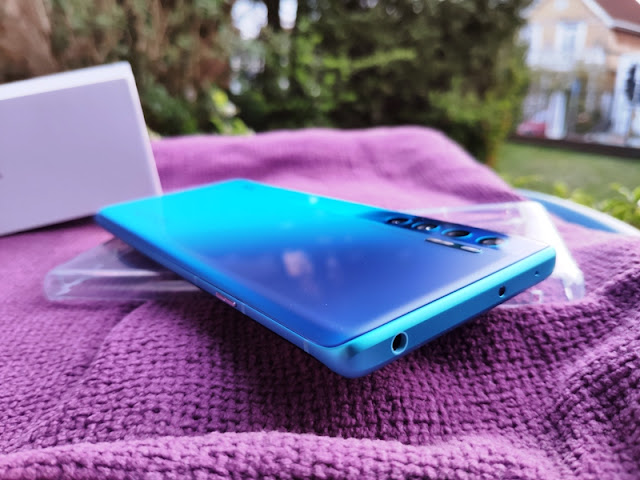

































Introducing the Motion X600, a sound sensation so nifty...[keep reading]

The SCULPFUN S30 PRO Laser Engraving Machine is a powerful...[keep reading]

The collaboration of Meze Audio's Advar and iFi Audio's GO Pod...[keep reading]

A wet and dry vac like the ILIFE EASINE W100 solves the...[keep reading]

No dynamic drivers is the theme of the new CCA CA10 IEM!...[keep reading]

The Graphene X OMEGA pants can take on everything you throw at them like a champ!...[keep reading]

The TCL 20 Pro 5G is the flagship phone model that TCL...[keep reading]

A home cinema-like experience on the cheap! Vankyo's new Leisure 495W projector...[keep reading]

0 comments